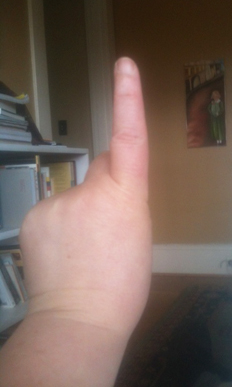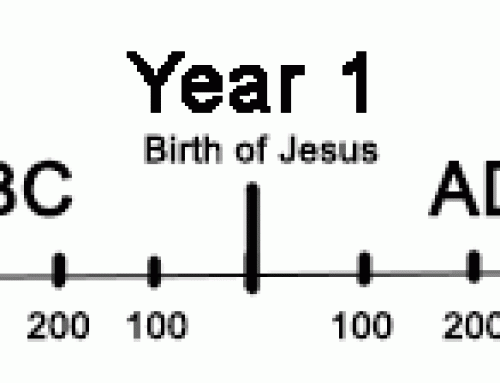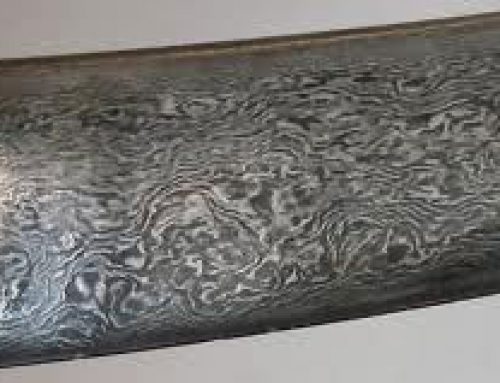
Parallax and your finger
Parallax comes from the Greek word “para”, meaning “alternate” and “alla”, meaning “change”. Greek people used the word parallax to describe how an object seems to move when you look at it from two different places. The easiest way to see parallax in action is to hold out your left arm straight in front of you and close one eye. Look at your hand. What is in back of it?
Now close the other eye instead, but don’t move your hand. Look at the same hand with the other eye. Whatever’s in back of it will seem to have moved a little bit. That’s because you are looking from slightly different places. Your brain uses parallax to figure out how far away something is, like a cup, so you can pour water into it accurately.
You can also use parallax to figure out how far away something is. The less the background changes when you look at the object from two different places, the further away it is from you. Test this out easily: hold your finger close to your face and close first one eye, then the other. Now hold your finger at arm’s length and try it again. Does close or far make the background seem to change more?
About 130 BC, the Greek astronomer Hipparchus used parallax to calculate how far away the moon was from the earth, by seeing how much the moon appeared to move relative to the stars behind it if you stood at different places on the earth. He calculated that the minimum average distance to the moon was 59 times the radius of the earth – and the real average distance is 60.3 times the radius of the earth (238,857 miles). So Hipparchus was pretty close!
But when Hipparchus tried the same method for the sun, he couldn’t see any parallax there. That’s not because the sun is too bright; it’s because the sun is so far away that you can’t see the parallax with just your eyes – you’d need a telescope to see enough stars to notice the difference in the background.
More about Hipparchus
Bibliography and further reading about Greek astronomy:
The Librarian Who Measured the Earth, by Kathryn Lasky (1994). An account of the life and work of Eratosthenes, who figured out the circumference of the earth. Explains how he did it. Easy reading.
The Shining Stars: Greek Legends of the Zodiac, by Ghislaine Vautier, Kenneth McLeish and Jacqueline Bezencon (reprinted 1989). A Greek myth for each star sign, with drawings of the constellations so you can find them in the sky. Easy reading.
Greek Astronomy, by Thomas Heath (1932). A collection of what ancient Greek writers had to say about astronomy, in their own words, with a long introduction. For adults.
The History & Practice of Ancient Astronomy, by James Evans (1998). Includes both the history, and directions to actually re-do the experiments that ancient Greek astronomers used to figure out their conclusions. For adults.
Greek Science After Aristotle, by G. E. R. Lloyd (1975).




